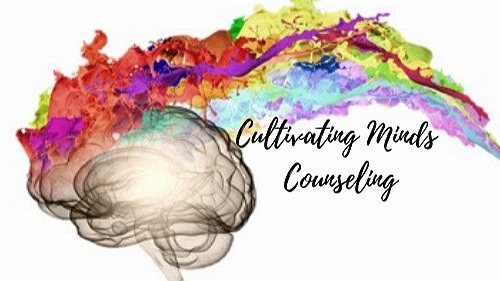While yoga can definitely benefit your physical fitness, we use yoga with therapy to access your mind. Yoga helps us to quiet the mind, release negative energy, and connect more deeply with ourselves. It creates ease and decreases our fight/flight tendencies. It is the perfect addition to therapy, as these are often the goals of therapy. We want to feel confident and calm despite the stressors we are facing or the trauma we have endured. We want to not lash out at those we love because we are overwhelmed and at our wits end. We want to be the best version of ourselves. Yoga helps us to access those deeper spaces and release what no longer serves us.
Yoga is a connection of mind, body, and spirit. While it does include physical poses and stretches, it also includes breathwork. Deep breathing is a common practice in the therapy room just like it is when we are comforting a child. We tell our children “take a deep breath”, and notice that their emotional reaction calms just a tad. In the therapy space we continue this deep breathing often with counting while breathing in and out. With yoga, we can learn different types of breathing to help us move through our emotions.
Dirgha Pranayama, also known as the three-part breath, is a yogic breathing technique that involves expanding and contracting the lungs in three stages: the abdomen, the ribs, and the chest. It improves lung capacity, calms the nervous system, reduces stress and anxiety, increases focus and concentration, and promotes relaxation and well-being. It is one of the breathing techniques we may practice to help you regulate your nervous system.
We may also use yoga poses to help you feel more grounded or to release negative energy. Often when we are in an anxious state, we can benefit from poses that help us to feel connected to the ground, to feel stability. Yoga poses may include child’s pose, easy seated pose, or other poses that keep us lower to the ground. They are generally easy on the body and can be practiced in the therapy office or at home. One of these sequences of poses to help you to feel less anxiety is found on Melissa’s YouTube page, addressing your Root Chakra. You can view it here.
If you are interested in learning more about adding yoga to your therapy sessions with Melissa or signing up for a small group/individual yoga session that compliments your therapy sessions with someone else, contact Melissa today.

